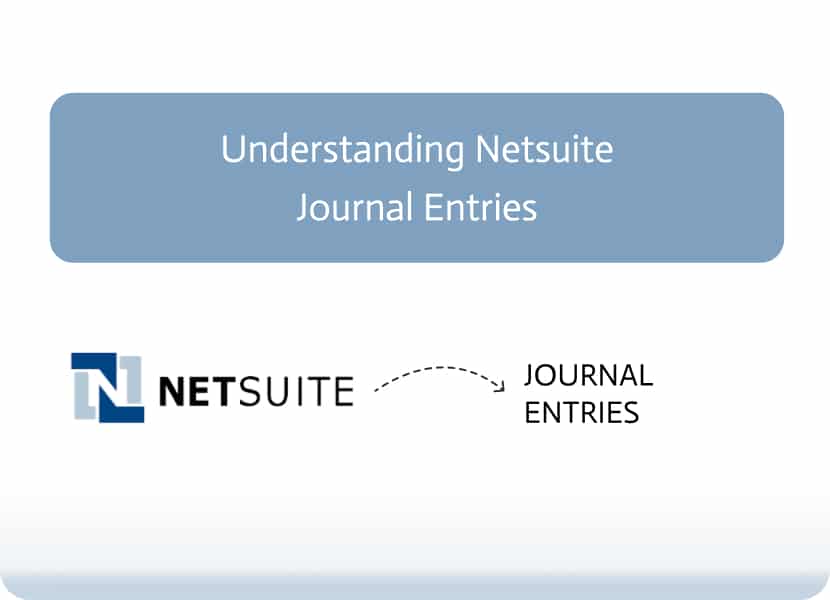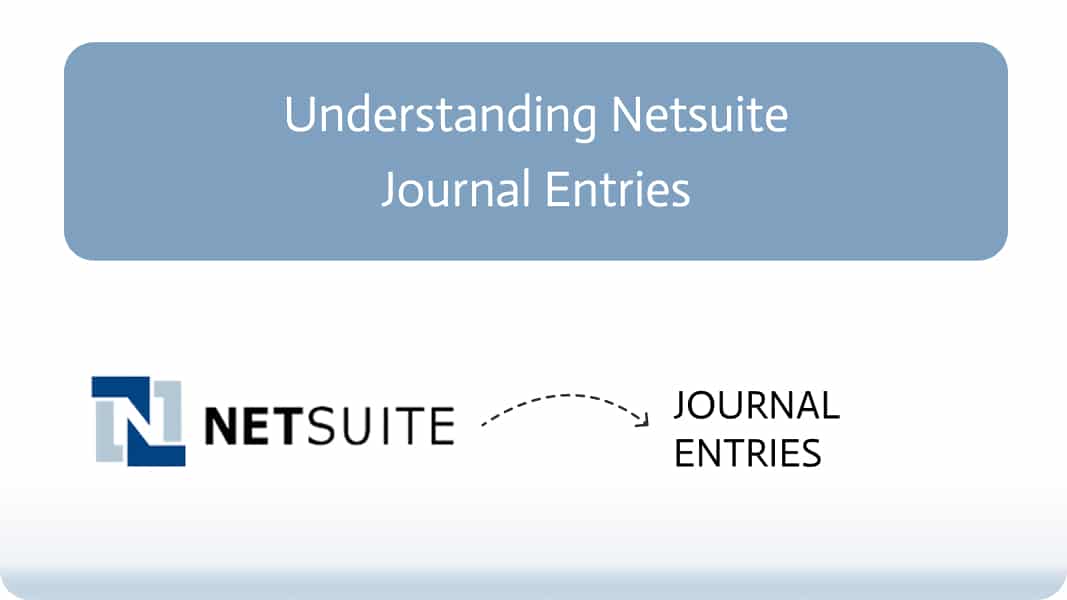

Understanding Journal Entries in NetSuite
Journal entries in NetSuite are essential for managing ledger accounts and ensuring accurate financial records. These entries reflect the flow of funds between accounts and are crucial for double-entry bookkeeping.
What Are Journal Entries?
A journal entry in NetSuite represents any transaction that changes the balance of a ledger account, such as a bank check. NetSuite automatically generates these entries when posting transactions occur. However, journal entries are not posted until they are approved.
How Journal Entries Work
- Approval Process: Journal entries need approval before being posted to the ledger, and the posting period is determined by the approval.
- Double-Entry Bookkeeping: NetSuite enforces double-entry bookkeeping, ensuring every entry has both a debit and a credit.
- Manual and Automated Entries: You can create manual journal entries to adjust balances or let automated entries be generated by transactions.
Creating and Managing Journal Entries
- Making Entries: You can create journal entries by specifying debit and credit amounts for each account.
- Approval Workflow: Journal entries require approval to post. NetSuite offers tools like SuiteFlow to automate this process.
- Reversing and Deleting: Entries can be reversed or deleted to correct errors.
- Importing Entries: You can import journal entries to streamline bulk transactions.
Key Considerations
- Statistical Accounts: If using Statistical Accounts, ensure saved searches filter out statistical journal entries to avoid incorrect results.
- Period-End Entries: Ensure period-end journal entries are made for accurate financial reporting.
Conclusion
Journal entries are fundamental for managing financial transactions in NetSuite. By understanding the approval process, double-entry bookkeeping, and how to manage entries, you can maintain accurate and efficient financial records.
Back to top


